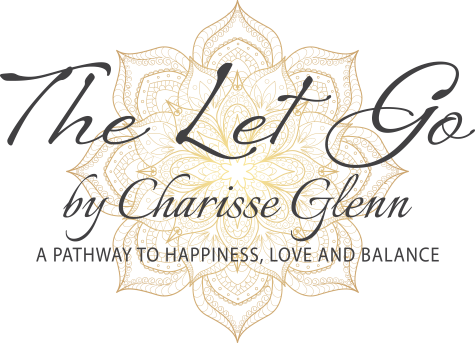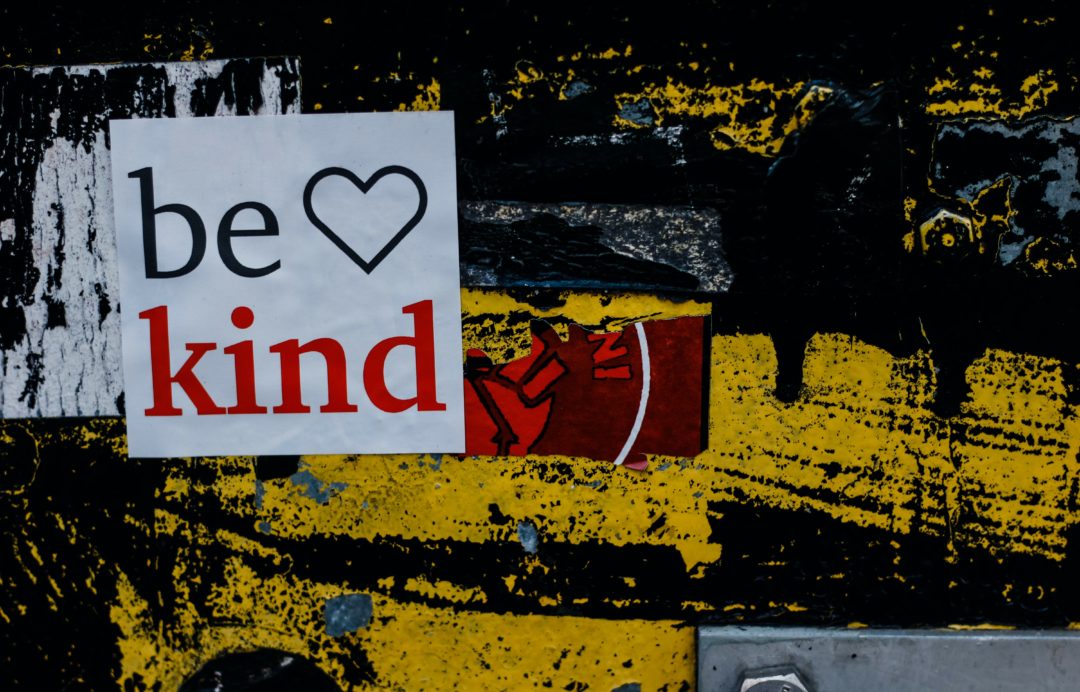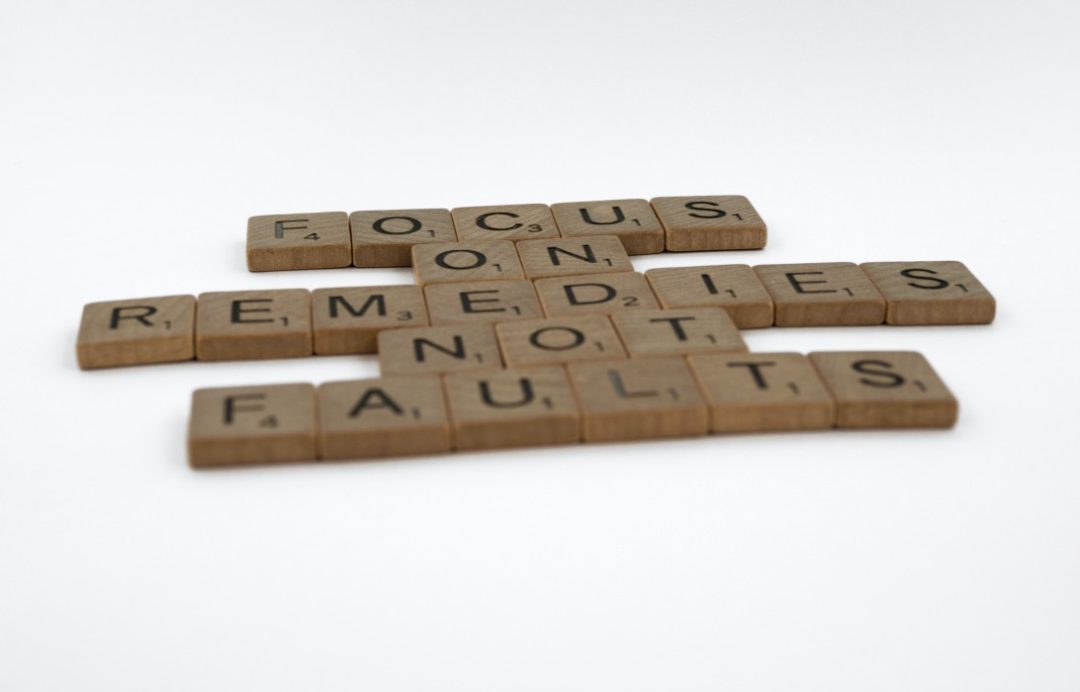When we awaken to the idea that everything that has happened in our lives adds color to who we are, it is when we can begin to let go of the emotional triggers that we have been holding on to.
Learning to unlearn what was, leaving behind the hurts and the perceived injustices we have carried with us, is the beginning of that change.
Emotional triggers are anything that makes us uncomfortable. They can affect us in differing degrees, yet regardless of the level, they are indications of areas within our own lives that we have work to do. What they reveal is what or where we are unsatisfied or are lacking in some way. The triggers are internal wounds.
When we heal the initial trauma or false belief, it will set us free.
It is essential to identify these areas that elicit a negative emotional response and to be aware that what is triggered has nothing to do with the person or situation that triggered it. Instead, they are the messengers that reveal to us the unhealed parts of who we are.
“It’s not stress that kills us, it is our reaction to it.”
~ Hans Selye
Identifying Triggers
We can begin letting go when we first narrow down the areas that rile us up.
Identify the areas of your life you get triggered. For example, is it about your self-image, financial success, self-esteem, worthiness, or something else?
Was there body shaming or words that told you, you were not worthy or deserving? Did your parent’s view of money overshadow your desire to become successful? Did social conditioning confine you to a life you don’t desire? And when confronted with ideas or persons who personify the ideas, do they trigger you?
So, when we feel the first signs of a trigger reaction, take a pause. As you feel your blood boiling, your chest tightening, and your anxiety rising, take a breath. Count to 10. Take 3 deep inhales and 3 slow exhales. Walk away. Tell yourself this is a trigger, and thank the situation for allowing you to see it.
Once you are calm, write it down. Be as descriptive as possible. Can you identify feeling this way before? What emotions did you feel? In what part of your body did you feel the tension? Become a time-traveler; go back into your memories to find where you first heard the beliefs that formed your feelings.
It’s easy when it’s not your trigger to tell someone not to be so sensitive, yet the person with the sensitivity is usually unaware of why they have the reaction they are having.
This is why it is vital to do our work. Dig deeply to recognize those situations or beliefs that activate the unwanted emotional reactions.
This begins the healing.
Healing Our Emotional Triggers
We know when we are healed when we no longer have an emotional response to things that once were. So how do we get there?
It begins with a reset, a reprogramming of what we learned as children. After that, learning can be unlearned; it only takes the desire to change the coding.
We cannot simply let go of triggers without replacing them with something else. Choosing to act with a high vibrational frequency is paramount to change. The more conscious we become, the desire to use words and attitudes that continue to raise our frequencies becomes our way of being.
Once you recognize and acknowledge what the trigger is, you replace it with a positive. For example, “I was never loved as a child” becomes, “I am blessed to have loving friends and family in my life.”
Fake it; act as if you are not triggered. Eventually, as you continue to explore where your internal hurts are, your emotions will follow and become unreactive. Live your emotional life as if it is the one you always wanted.
Take the time that it takes, however long that is. For example, grief has no expiration date. Understand triggers are an opportunity to heal. Begin with exerting self-love and inner kindness while on this human journey of spiritual exploration.
If needed, find a professional that can assist you in identifying your traumas and a method to let them go.
Positive Emotional Triggers
When you smile or laugh, it triggers a part of our brain that makes us happy. So smile and laugh even when you don’t feel like it. You will feel an immediate uplifting of your spirits.
Essential Oils are an excellent way to reset our central nervous systems. Inhalation of the scents transmits signals to the olfactory system and stimulates the brain to exert neurotransmitters: serotonin and dopamine, which regulate our moods.
Change your body language. Our body postures are one way we telegraph to others how we are feeling. It also alerts our brains and keeps us in a certain mindset. By changing our body positioning “as if” you feel differently, you will change your perspective, and emotions will shift. Have an open posture, uncross your arms and your legs. Maintain good eye contact. And witness the difference.
Music can evoke many feelings. Listen to your playlist depending on the mood you want to explore. One that makes you want to sit in the sorrow of your thoughts, knowing you are saying goodbye to the hurt they once held, or another that makes you want to get up can dance around the house. Play it until your mood changes.
Cultivate an attitude of gratitude, focusing on the good in your life, friends, family, and the mini wins. Then, speak them out loud with a resonating thank you universe, write them down, or do both.
We cannot change the past from happening, yet we have the power to change our future. Our reactions have the uncanny ability to create that energy we put forth. We can heal from our experiences. It starts now, with the desire for more.
It is worth remembering the time of greatest gain in terms of wisdom and inner strength is often that of greatest difficulty.
~ Dalai Lama





